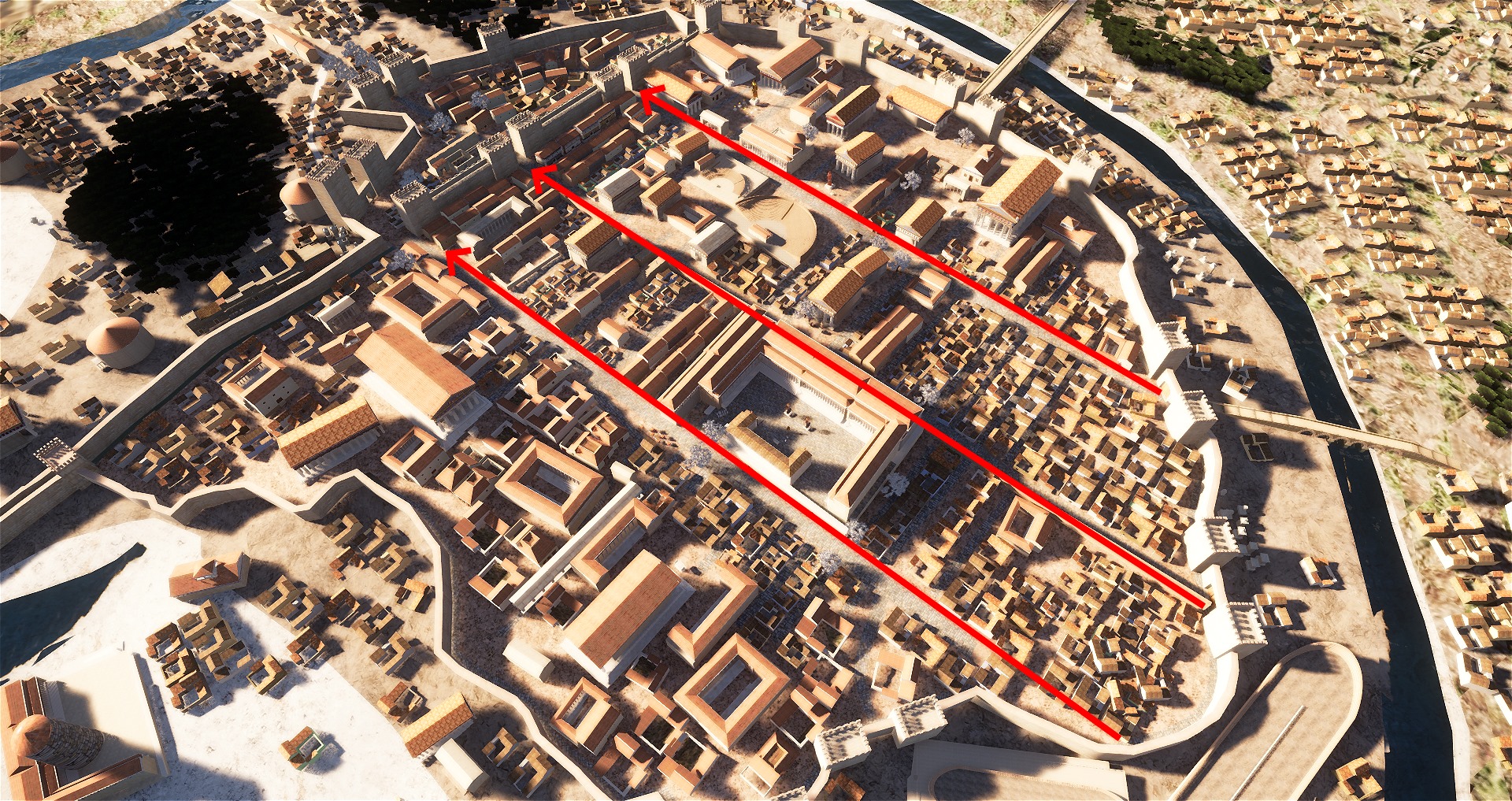Birth
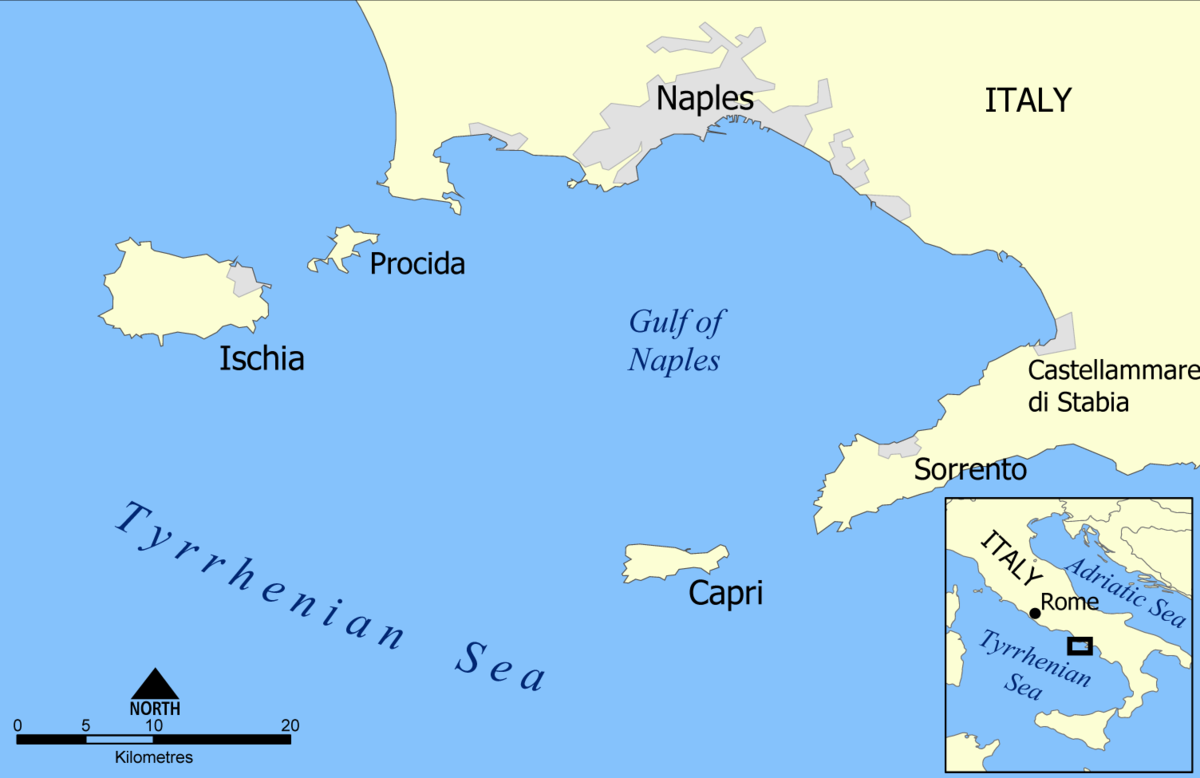

From the middle of the second millennium BC Campania, the region we now identify with Naples, was inhabited by the Aurunci (or Αusonii) and by the Osci. Probably around 900 BC Ionic Greek merchants from the island of Euboea (Central Greece), arrived in the Gulf of Naples. The Greeks had already established a trade with the Etruscans who, based on the rich mineral deposits of their region had managed to dominate the inland of the Italian peninsula assimilating many of the Italic tribes. The Greeks founded their first town on the Island of Ischia (Pithekoūsai) and a few years later a new wave of Euboeans by Chalcis and Kymi, made the next step with the creation of their first mainland settlement opposite of Ischia, which they named Κύμη in Ancient Greek, later Romanized into Cumae. The Greeks quickly gained an advantage over the native population and the colony thrived through trade and exploitation of the fertile Campania plain. It is now believed that the colony spread Greek culture in Italy and introduced the Euboean alphabet, a dialect of Greek, to the Etruscans who passed it to the Romans who adopted and modified it to the Latin alphabet still used worldwide today.

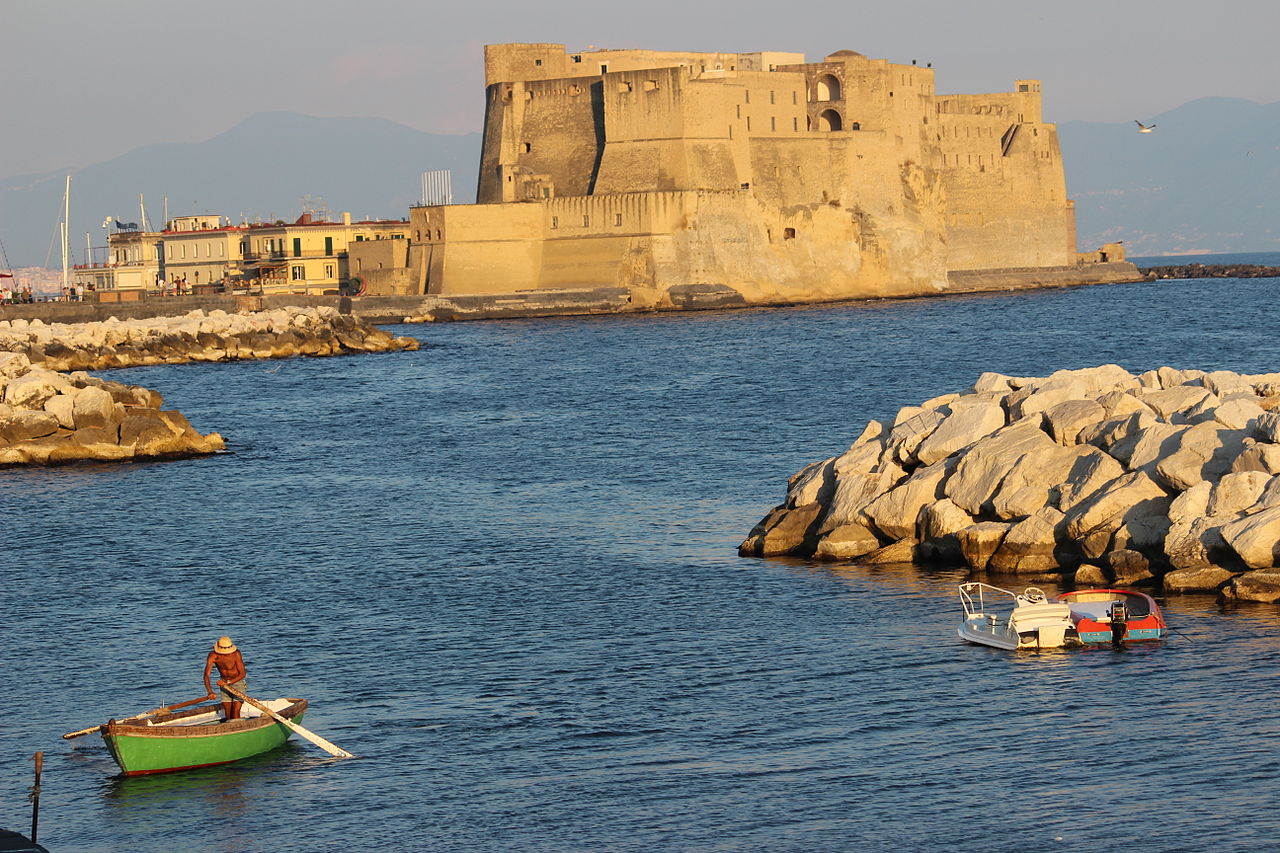
Cumae itself started to branch out in the 8th century BC, to Sicily (Messina), mainland Greece and a new settlement inside the Gulf of Naples on the isle of Megaride (present-day Castel dell’Ovo) and Monte Echia. The new trading outpost would be named Parthènope. According to the legend Parthenope was a mermaid who lived among the rocks in the middle of the sea. One day Ulysses came to the place where the mermaids lived. Parthenope tried to seduce the hero but she failed so she killed herself in the sea. The waves carried her body to the gulf of Naples and washed it ashore on the little island of Megaride. The new town included the territory between the peninsula of Megaride and Monte Echia, aka Pizzofalcone today. An ideal outcrop of land that worked like a tower control of the new port, strategically located on the center of the Greek naval route to, Sardinia Iberia and the Balearics.

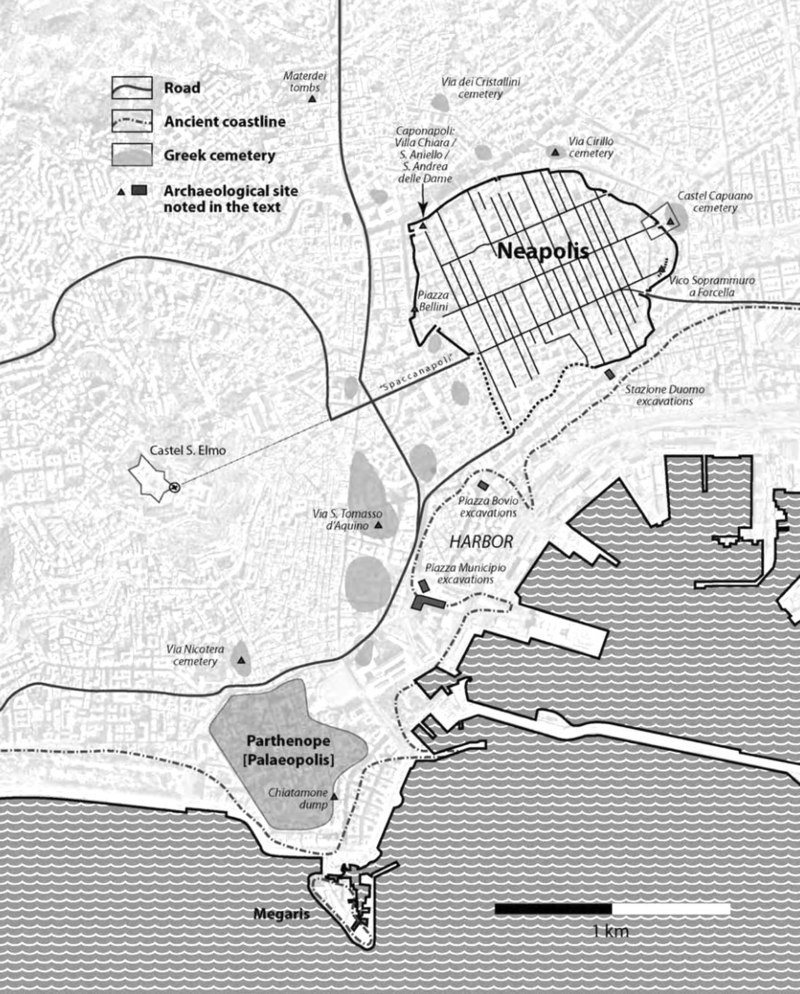
Thanks to the continuing trade traffic, the commercial harbour, expanded and became a town in its own right. At that time, however, the coastline was subject to continual violent clashes in the struggle for trade dominance, in particular between the Greeks and the Etruscans. After the mid 6th century BC the latter supported the old Italic tribes in the pushbacks against the Greeks in order to maintain their own expansion southwards. Etruscans and Carthaginians joined forces in order to sideline the Greeks in the sea and the Cumae allied with the Latins. In the crucial Battle of Cuma in 524 BC, the Greek side led by Aristòdemos will win the fight and secure its position. After a second victory against the Etruscans in the Battle of Aricia in 507 BC Aristòdemos took advantage of the popularity and the wealth he had secured for the city and became a tyrant. He killed the nobles who opposed him and exiled the rest. The expelled oligarchs with their followers would establish their own town which the would call Neapolis, or “new city”. The official beginning of the city of Naples. Around 490 BC the exiled nobles and their sons, supported by Campanians and mercenaries, were able to reconquer Cumae, and Aristodemus and his family were assassinated. A new defeat of Etruscans in the bay of Naples in 474 BC by the fleet of Sicilian Greeks of Syracuse would seal their ultimate downfall and the rise of the power of Rome in Italy. That year would also mark the official founding of the new city.
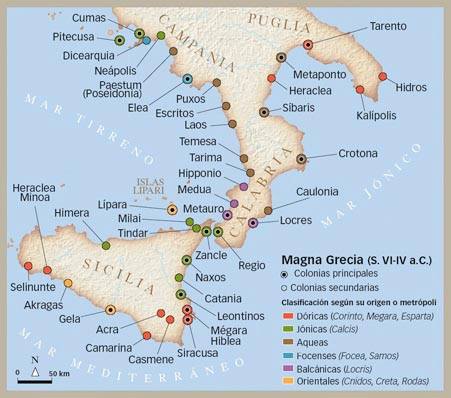
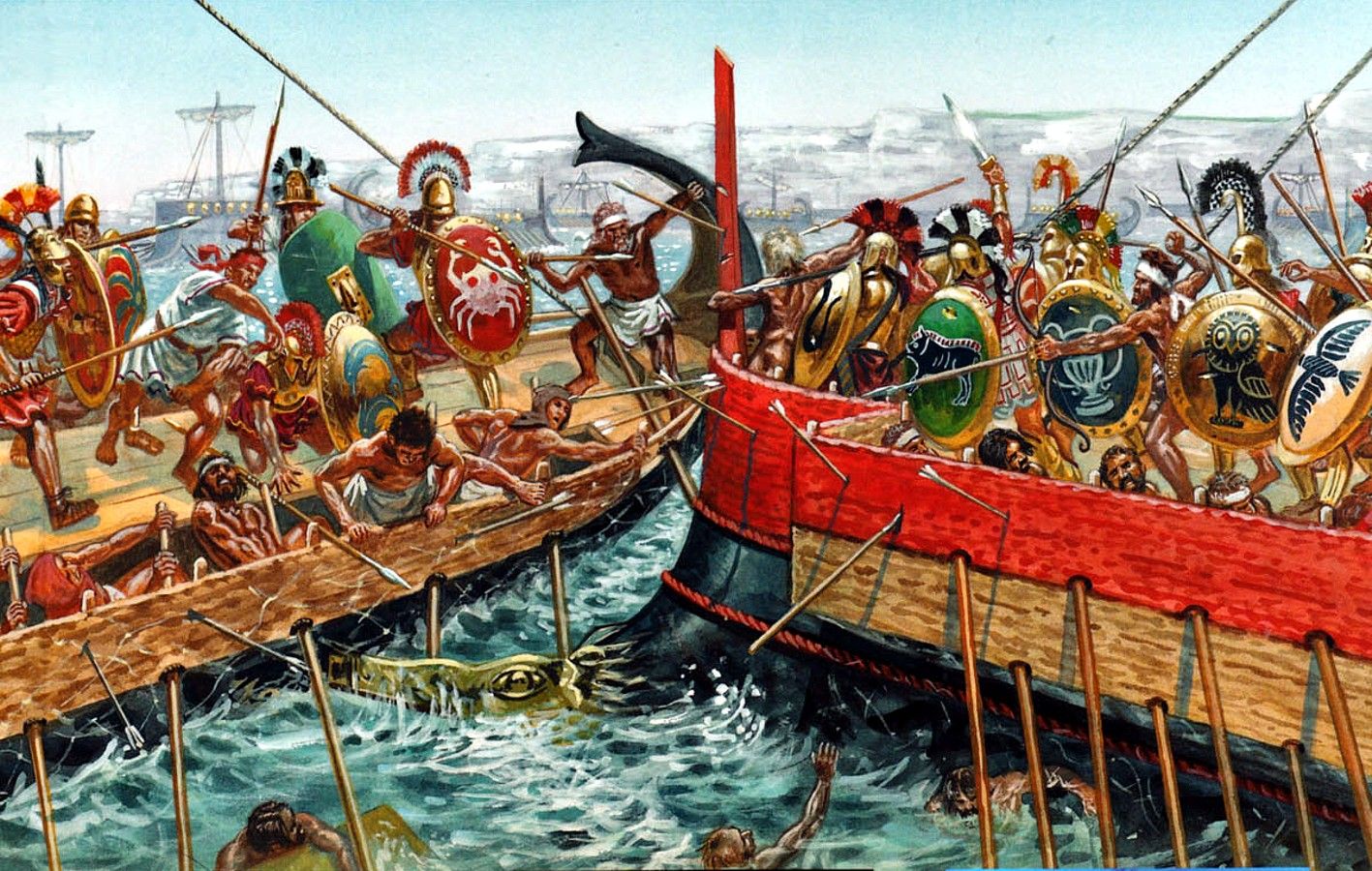
Parthenope – was renamed Palepolis or Old Town in juxtaposition to the new part that replicated the first city of Cuma in the typical pattern of ancient Greek cities, with an acropolis (Sant’Aniello Maggiore), the agora (Piazza San Gaetano), the theatre (the Roman theatre was built over it ) and necropolis (hill of Santa Teresa) laid out in rectangular street grid with three main roads parallel to each other. The orthogonal streets pattern are still visible in the modern city. The walls of the city followed the edges of the natural plain forming a curtain which followed the crest of the hills which were further reinforced during the Samnite war. In 400 BC, they would help Neapolitans resist the siege of the Samnites (Oschi), who had already conquered the territories of Cumae. Many of the residents of Cumae found refuge within the new city and from then on the role of Cumae would be played by Neapolis in the gulf.
